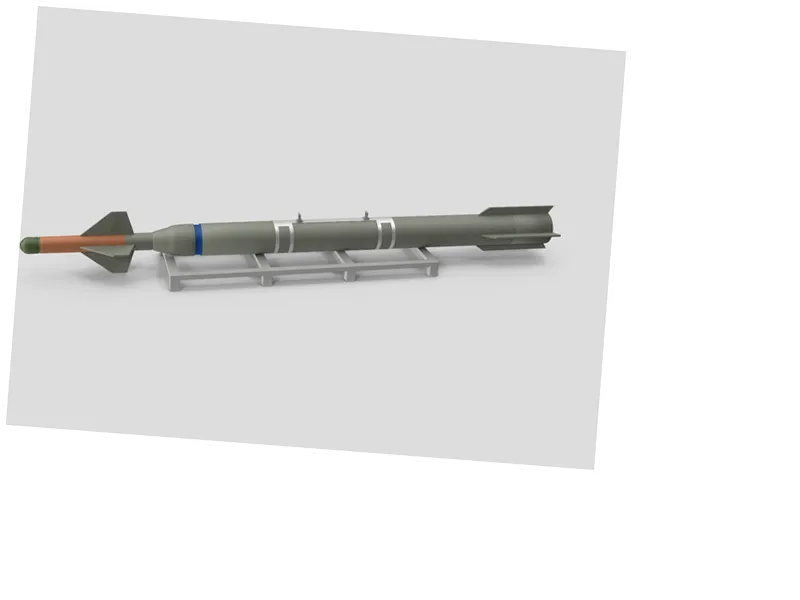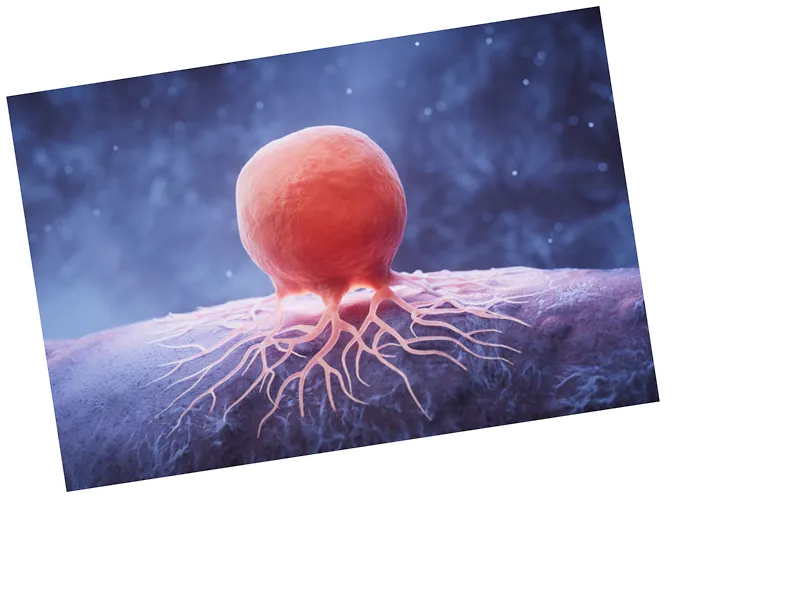Discovering Plant Competition Through Pollen Dynamics
A groundbreaking study conducted by scientists from South Africa and Brazil has unveiled the sophisticated competition strategies of plants for pollinators. The research, published in The American Naturalist, centers on the red flower Hypenia macarintha, which employs a unique mechanism to eject its pollen onto visiting birds and insects. This phenomenon, termed pollen blasting, allows the flower to replace pollen from competing species on pollinators, enhancing its reproductive success.
The study's lead author, Bruce Anderson, an evolutionary ecologist at Stellenbosch University, explained that the flower utilizes a mechanism similar to a catapult. When a bird, such as a hummingbird, inserts its beak into the flower, the plant releases pollen with significant force. This action effectively removes pollen from other plants that may have previously adhered to the bird, thereby increasing the likelihood of successful fertilization for Hypenia macarintha.
Mechanism of Pollen Blasting
The research revealed that this pollen ejection method is remarkably efficient. Anderson noted that the pollen blasting technique removed twice as many pollen grains compared to flowers that did not utilize this mechanism. The process can be likened to bending a flexible spoon loaded with peas and then releasing it; when the bird's beak triggers a specific area of the flower, the stamens shoot out the pollen at a speed of 2.62 meters per second. While this speed is impressive, it pales in comparison to the white mulberry, whose pollen can travel at over 170 meters per second, showcasing the diverse adaptations in the plant kingdom.
Implications for Plant Evolution
The findings highlight a fascinating aspect of plant evolution, where competition for pollinator attention influences reproductive strategies. As birds and insects visit various flowers, the available space on their bodies for pollen becomes limited. Plants with robust pollen-blasting capabilities are more likely to succeed in this competitive environment, leading to the evolution and persistence of such traits over time. This research not only sheds light on the intricate relationships between plants and their pollinators but also opens up new avenues for understanding plant behavior and adaptation in ecosystems.





